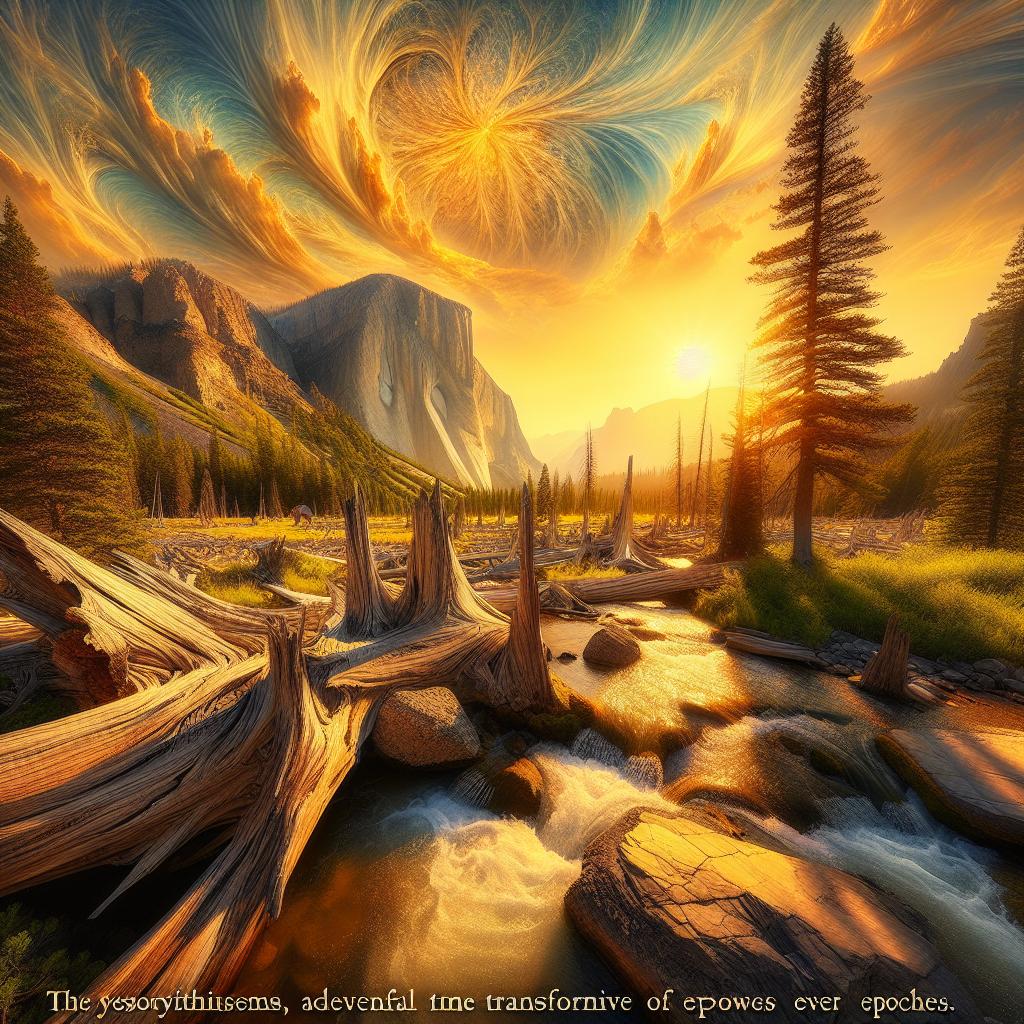Linguistics, Genesis, and Evolution—Part 2
Scientific Significance
The first verse of Genesis holds great significance for those interested in the origin of the world, particularly scientists. It provides important insights into the nature of the universe and the Earth's creation.
-
Definite Beginning: The verse emphasizes that the universe and …
Continue reading
Mammal Hair in Amber: A Remarkable Discovery
Amber, the fossilized tree resin, has provided us with remarkable insights into the ancient world. Preserving a wide array of biological structures and organisms, amber fossils have captivated scientists and enthusiasts alike. Recently, a groundbreaking discovery made headlines as strands of mammalian hair …
Continue reading
8 Key Questions about Mutations
Question 1: What are mutations?
Mutations are changes that occur in the DNA sequence of an organism's genome. They can happen spontaneously or as a result of environmental factors, such as exposure to radiation or chemicals. Mutations can be small-scale, involving changes in a single …
Continue reading
Bunchberry Bang: The Incredible Design of the Bunchberry Dogwood Flower
Strolling through the lush spruce-fir forests of North America, it may seem like everything in the green world around you moves at a leisurely pace. However, scientists have recently made a fascinating discovery about the bunchberry dogwood plant (Cornus canadensis …
Continue reading
Backwardly Wired Retina: An Optimal Structure
Introduction
Richard Dawkins, an ardent antitheist and defender of evolution, has long used the alleged backwardly wired retina as an example of supposed bad design. However, recent discoveries have conclusively shown that this so-called inferior design is actually superior in producing sharper images and …
Continue reading
Preliminary Observations of the Pygidial Gland of the Bombardier Beetle, Brachinus sp.
The Bombardier Beetle, specifically the Brachinus species, has long been a topic of interest and debate among creationists and evolutionists. These beetles are known for their unique defense mechanism, which involves ejecting a hot and noxious spray to …
Continue reading
The Super Senses of Oilbirds
The oilbird is a unique and intriguing bird found in Central and northern South America. It is the only fruit-eating bird in the world that is nocturnal. With its dolphin-like sonar, bat-like navigation, deep-sea fish-like eyes, and ability to hover like a kingfisher, the oilbird …
Continue reading
The Yellowstone Petrified Forests
Yellowstone National Park is home to one of the most intriguing natural wonders - the petrified forests. These forests, made up of upright petrified trees, have puzzled scientists and visitors alike. In this article, we will delve into the geology of the Yellowstone petrified forests and explore …
Continue reading
Water-Water-Where Are You?
Introduction
Scientists have long been fascinated by the possibility of finding water on Mars. The evidence of canyons and sedimentary layering on the Martian surface has led to the belief that Mars was once covered in water. However, despite this belief, the findings of the NASA Mars …
Continue reading
A Baraminology Tutorial with Examples from the Grasses (Poaceae)
Introduction
Baraminology is a systematic methodology developed by creation biologists to identify and study baramins, which are God's "created kinds." This tutorial provides an overview of baraminology techniques, focusing on the grass family Poaceae as an example. By understanding the principles …
Continue reading
A Brief History of Design
Introduction
Throughout history, the idea that the design in nature points to a Creator has been a topic of debate. This concept was even used by the Roman writer Cicero in his book "De Natura Deorum" to challenge the evolutionary ideas of his time. In …
Continue reading










